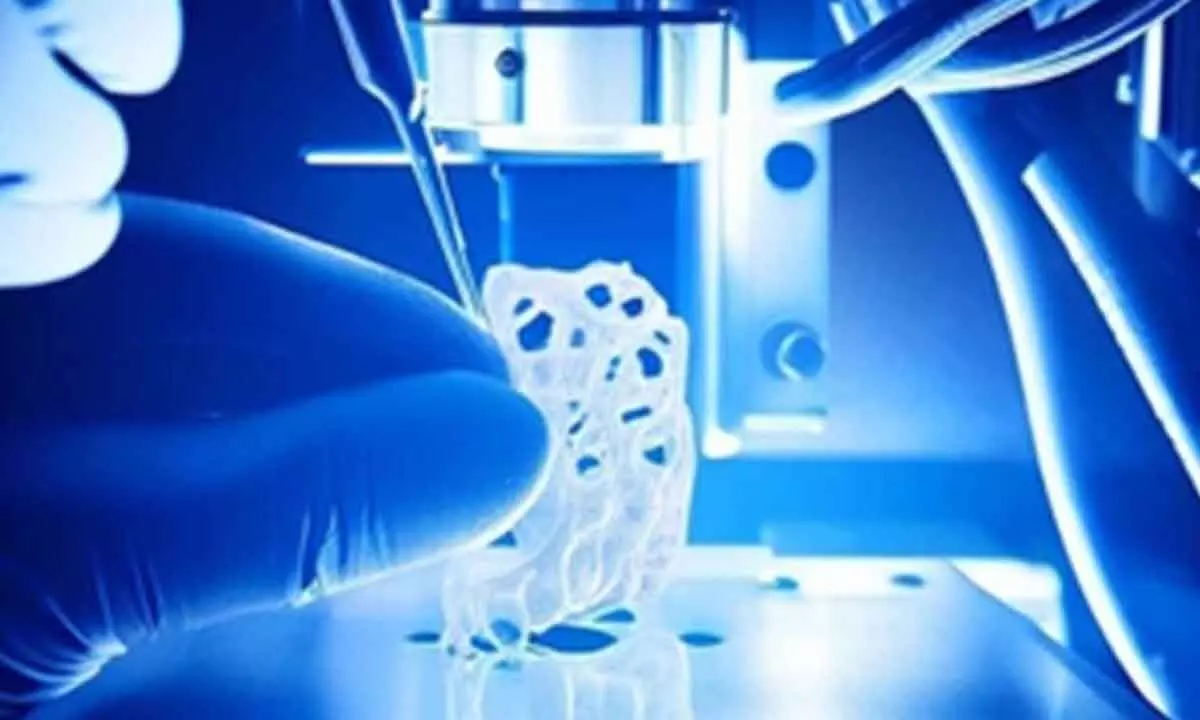Bioprinting shaping future of healthcare
It employs 3D printing to construct living tissues, is leading in a new era for regenerative medicine, organ transplantation, and personalised healthcare
image for illustrative purpose

Bioprinting, an advanced technology that employs 3D printing to construct living tissues, is leading in a new era for regenerative medicine, organ transplantation, and personalised healthcare, according to a report on Monday.
Over the past few years, bioprinting has moved beyond a conceptual idea to become a physical reality as researchers and scientists achieve significant breakthroughs. In a significant leap towards the future of healthcare, the field of bioprinting is on the verge of transforming the landscape of medical treatments.
According to the report by GlobalData, a data and analytics company, the current global market for bioprinting is estimated to be valued at $1.7 billion in 2021 and is forecast to reach $5.3 billion by 2030. This growth is driven by several factors, such as the demand for tissues and organs for transplantation, the successful bioprinting and implantation of organs and tissues in animals, and the use of 3D bioprinting in drug screening, toxicology research, and regenerative medicine.
"Bioprinting represents the next frontier in regenerative medicine, which offers previously unthinkable possibilities for the creation of functional, personalised tissues and organs. Complex biological structures that can be printed and effectively integrated into the human body are a promising development for the future,” said Graysen Vigneux, Medical Analyst at GlobalData, in a statement.

